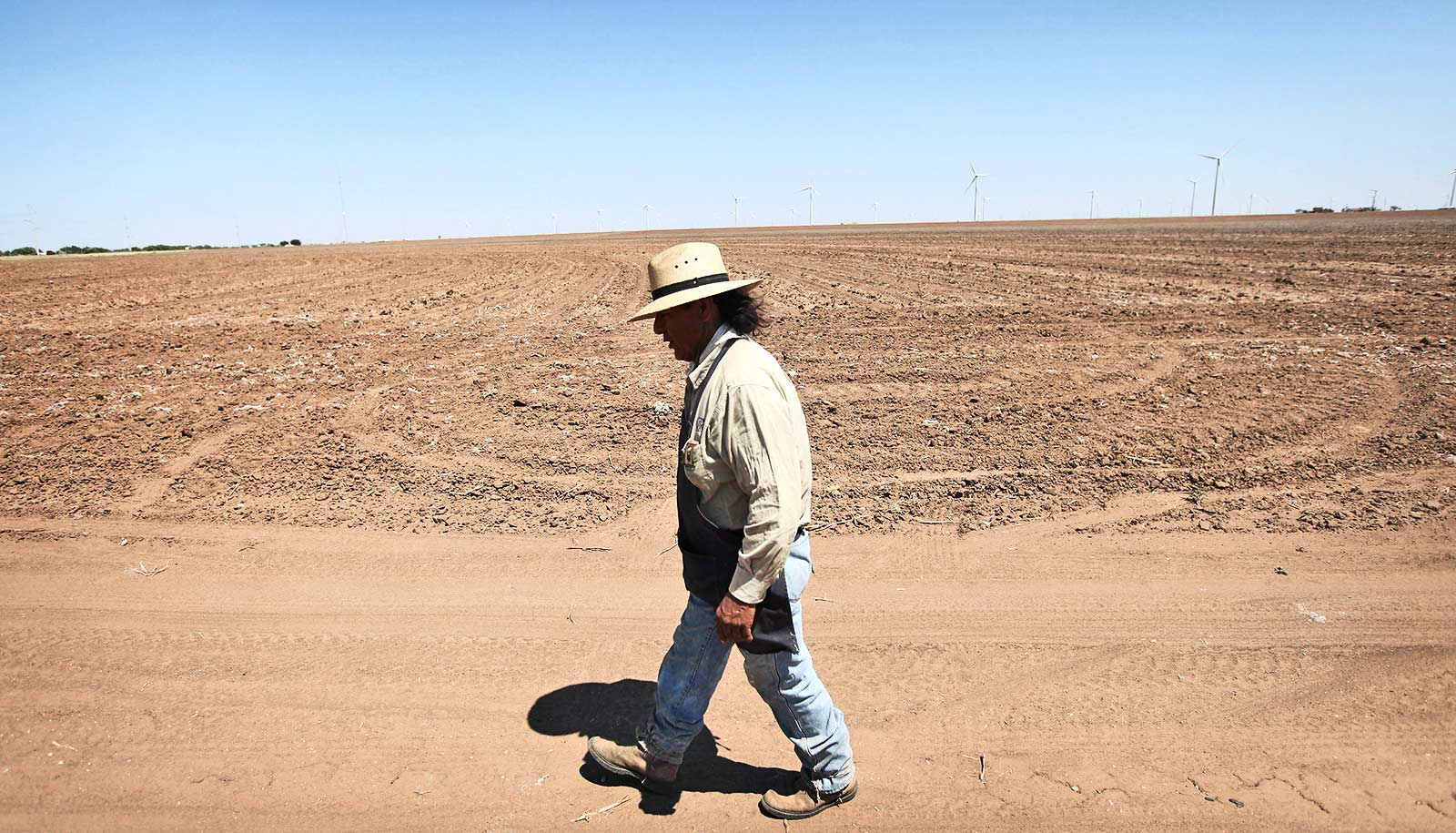The only explanation for why heat waves affected so many areas over several months last summer is climate change, according to new research.
Many people will remember last summer—in large swathes across Europe, as well as in North America and Asia. Multiple places around the world experienced heat so severe that people died of heatstroke, power generation had to be curtailed, rails and roads started to melt, and forests went up in flames. What was truly sobering about this heat wave was that it affected not only one area, such as the Mediterranean region, but several across the temperate zones and the Arctic simultaneously.
Researchers have concluded that the only explanation of why heat affected so many areas over several months is anthropogenic climate change. Martha Vogel, a climate researcher from ETH Zurich, presented the findings at the European Geosciences Union press conference in Vienna.
Simultaneous heat
For the study, Vogel, a member of Sonia Seneviratne’s team at ETH, looked at the areas of the Northern Hemisphere north of the 30th latitude that experienced extreme heat simultaneously from May to July 2018. She and her fellow researchers concentrated on key agricultural regions and densely populated areas. In addition, they looked into how experts project large-scale heat waves will change as a consequence of global warming.
To explore these phenomena, the researchers analyzed observation-based data from 1958 to 2018. They investigated state-of-the-art model simulations to project the geographic extent that heat waves could reach by the end of the century if temperatures continue to climb.
“If multiple countries are affected by such natural disasters at the same time, they have no way to help one another.”
An evaluation of the data from last year’s hot summer reveals that, on an average day from May to July, extremely high temperatures hit 22 percent of agricultural land and populated areas in the Northern Hemisphere simultaneously. The heat wave affected at least 17 countries, including Canada, the United States, Russia, Japan, and South Korea.
By studying the measurement data, the researchers realized that such large-scale heat waves first appeared in the Northern Hemisphere in 2010, then in 2012, and again in 2018. Prior to 2010, however, the researchers did not find any instances of heat affecting such large areas simultaneously.
Model calculations confirm this trend. As the Earth grows warmer, widespread heat extremes become more and more likely. According to model projections, every degree of global warming will cause the area of land in key agricultural regions or densely populated areas in the Northern Hemisphere that extreme heat simultaneously affects to grow by 16 percent.
More heat ahead?
Should global temperatures rise to 1.5 degrees Celsius above pre-industrial levels, then one-quarter of the Northern Hemisphere will experience a summer as hot as the summer of 2018 every two out of three years. If global warming reaches 2 degrees, the probability of such a period of extreme heat rises to almost 100 percent. In other words, every year extreme heat will affect an area just as large as the 2018 heat wave did.
“Without the climate change that can be explained by human activity, we wouldn’t have such a large area being simultaneously affected by heat as we did in 2018,” says Vogel.
The prospect of extreme heat hitting an area as large as it did in 2018 every year if global temperatures rise by 2 degrees alarms Vogel.
“If in future more and more key agricultural regions and densely populated areas are affected by simultaneous heat waves, this would have severe consequences,” she says.
“If multiple countries are affected by such natural disasters at the same time, they have no way to help one another,” adds Seneviratne.
The forest fires in Sweden in 2018 illustrated this: at that time, several countries were able to help with firefighting infrastructure. However, if many countries are battling major fires at the same time, they can no longer support other countries.
The food supply situation could also become critical: if a heat wave strikes broad expanses of areas vital to agriculture, harvests could suffer massive losses and food prices would skyrocket.
Anyone thinking these assumptions are overly pessimistic would do well to recall the heat wave that swept across Russia and Ukraine in 2010: Russia completely stopped all its wheat exports, which drove up the price of wheat on the global market. In Pakistan, one of the biggest importers of Russian wheat, the price of wheat rose by 16 percent. And because the Pakistani government cut food subsidies at the same time, poverty increased by 1.6 percent, according to a report by aid organization Oxfam.
“Such incidents cannot be resolved by individual countries acting on their own. Ultimately, extreme events affecting large areas of the planet could threaten the food supply elsewhere, even in Switzerland,” Seneviratne emphasizes.
Climate change won’t stabilize if we don’t try harder, she says. At present, we are on course for a temperature increase of 3 degrees Celsius. The Paris Agreement aims for a maximum of 1.5 degrees.
“We are already clearly feeling the effects just from the one degree that the global average temperature has risen since the pre-industrial era,” says Seneviratne.
Source: ETH Zurich



